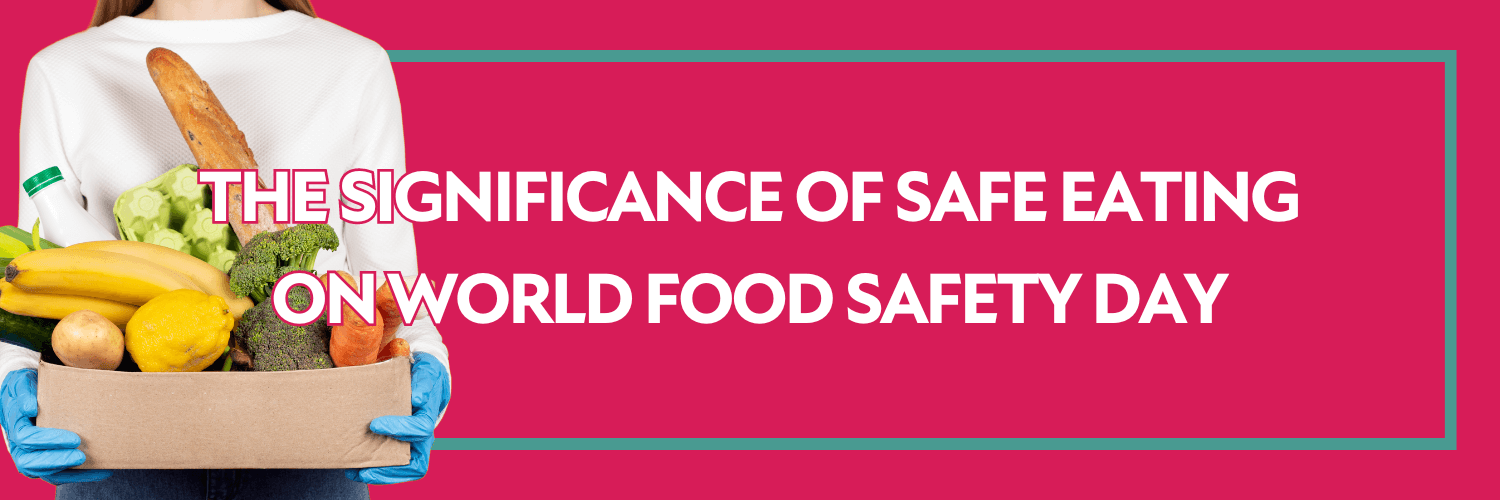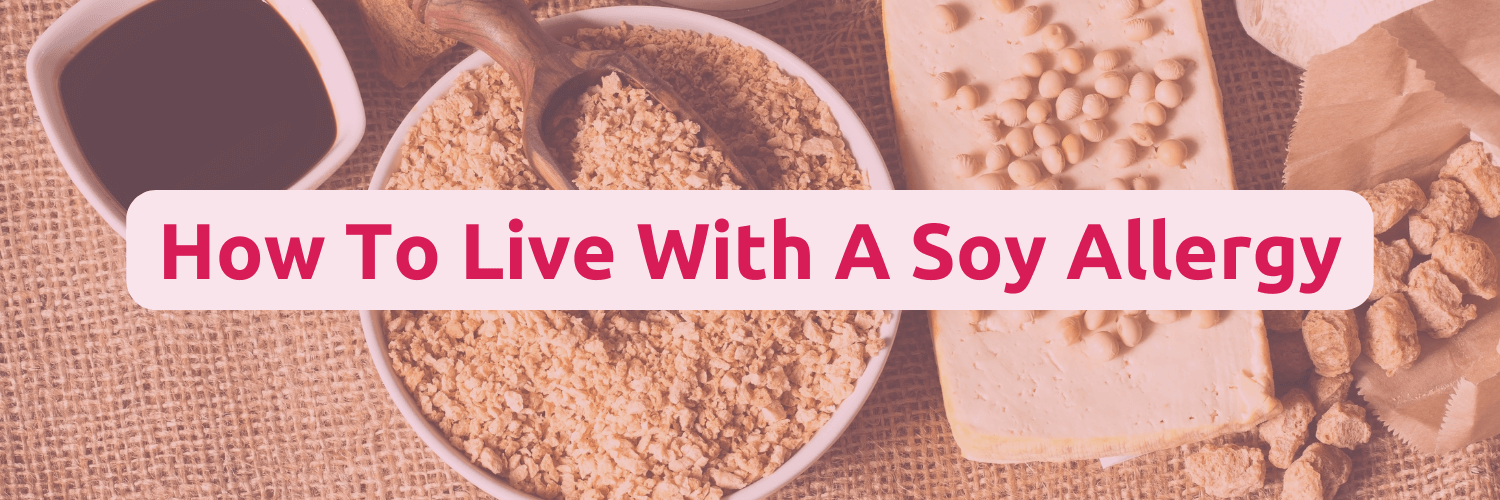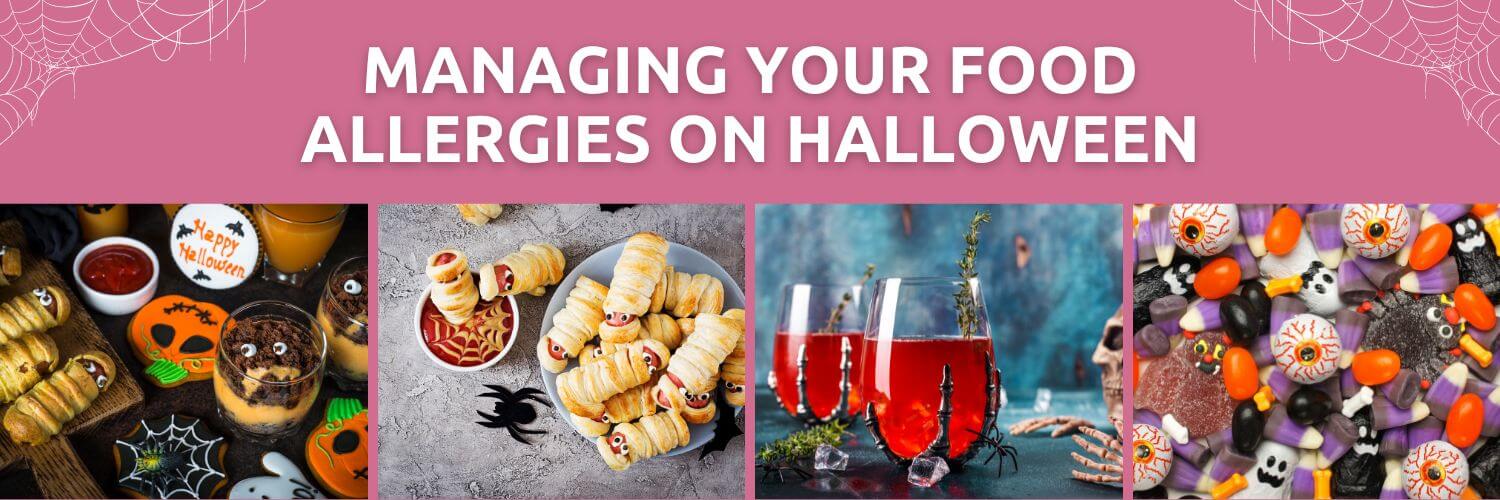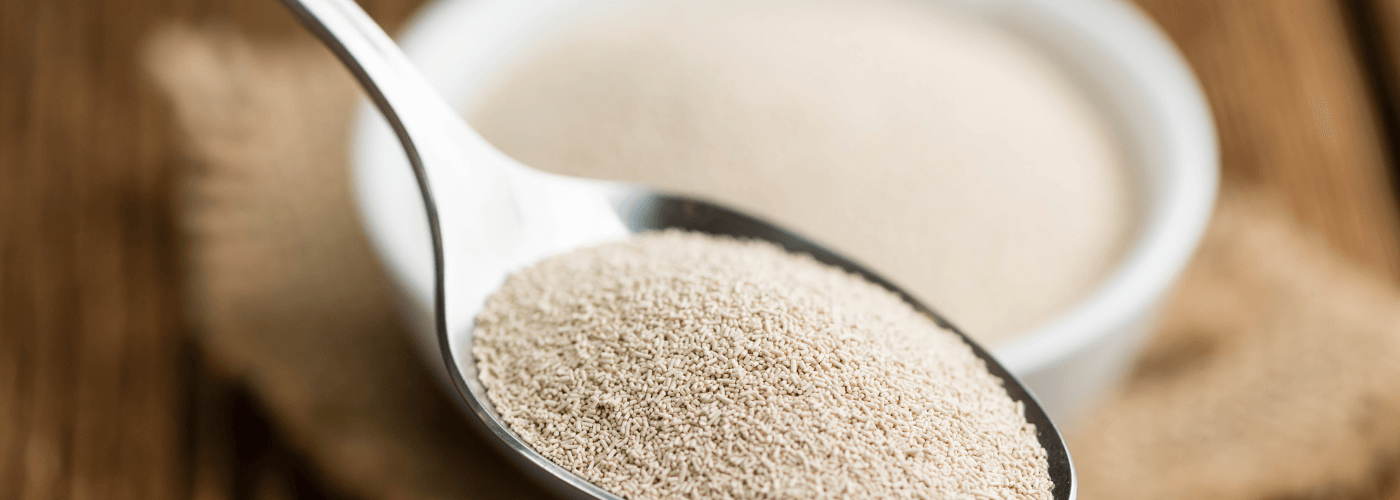
Yeast is a living fungus we use to produce different foods and beverages. If you have yeast intolerance, you might think there aren’t many foods you need to avoid, and thinking like this is wrong. Yeast is present in baking and brewing. So, you’ll find yeast in making baked goods and alcoholic drinks. Yeast is also present in unsuspecting food items like sweets.
Many other yeast forms, including Candida, naturally dwell in the body. Even though Candida naturally lives in the body, it can sometimes cause imbalances leading to a yeast infection. Even when there is an imbalance, other natural microorganisms keep it in check. Occasionally, we are the cause of yeast infection. Taking drugs like antibiotics can sometimes make Candida grow unchecked in the throat, vagina, skin, and gut. Lifestyle factors can also trigger candida overgrowth, which can affect internal organs in rare cases.
Pinpointing yeast intolerance
Like all other food intolerances, yeast intolerance occurs when your body either can’t digest the food or reacts to it. When your body does this, it releases IgG antibodies into the bloodstream, and these antibodies cause discomfort and inflammation. It usually takes up to 72 hours to see the symptoms of yeast intolerance. It can be hard to pinpoint which food caused the intolerance symptoms because you would have already had other meals by then.
The best way to pinpoint yeast intolerance is by using an Intolerance Test. An intolerance test helps you determine which foods your body is reacting to. This will help you figure out your diet and what you should avoid. The cause of food intolerances vary per individual, but could be a result of medication, stress, or an unhealthy diet. Sometimes, you can even contract an infection that sparks a yeast intolerance; over the years, it grows and progresses into the body.
Yeast intolerance symptoms
Symptoms of yeast intolerance vary from one person to the other. Yeast intolerance symptoms can also take up to 72 hours for symptoms to show after consuming the trigger item. Some of them include:
- Bloating
- Dizziness
- Joint pain
- Flatulence
- Bad breath
- Fatigue
- Irritable
- Excessive cravings for sugar-filled foods
- Stomach cramps
- Bad skin, e.g. ache and eczema
- Indigestion
Yeast intolerance Vs allergy
There are many differences between a yeast allergy and yeast intolerance. Yeast intolerance symptoms can take several days, while yeast allergy symptoms show immediately or in a few hours. Usually, yeast intolerance symptoms cause unpleasant sensations, pain, and discomfort. On the other hand, a yeast allergy can be pretty life-threatening because it can lead to anaphylaxis which is a life-threatening condition.
When suffering from a yeast allergy, it’s generally because the immune system releases histamines into the body as it mistakes proteins found in yeast for an invader. But when it comes to yeast intolerance, the symptoms you usually get are in the gastrointestinal tract because yeast intolerance occurs when the body can’t digest yeast or is irritated by foods containing yeast.
Foods to avoid with yeast intolerance
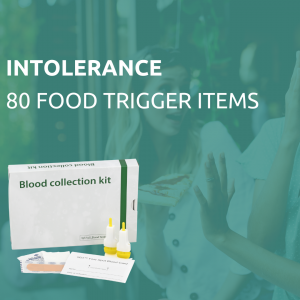
Our 80 Items Intolerance Test
Yeast intolerance is quite common, but determining foods to avoid can be pretty tricky. Yeast is present in most ingredient lists and unsuspecting foods, and it might take long to realise that you have a yeast intolerance. That’s why we advise you to take an Intolerance Test. It helps pinpoint the culprit faster than an elimination diet can. Sometimes, people assume they have a problem with gluten or wheat because they primarily consume baked goods, and it can take longer for them to realise that yeast was the problem.
If you experience intolerance symptoms after consuming foods that contain wheat, then you must stay away from foods like:
- Processed and cured meats
- Aged cheese
- Dried fruits
- Gravy and stock cubes
- Processed fruit juices
- Condiments
- Vinegar containing ingredients
- Alcohol (brewer’s yeast)
- Baked goods
- Yeast extract
As a rule of thumb, keep off fermented, aged, and processed foods. It is also wise to steer clear of sugary foods since sugar promotes the growth of natural yeasts in the body, such as Candida.
Yeast-free foods to eat when you have yeast intolerance
There are many yeast-free foods you can consume to replace your favourite foods that are full of yeast. When looking for alternatives, you must
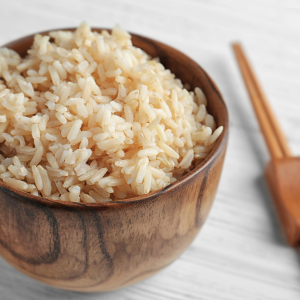
Brown rice in a bowl.
remember that you should balance your nutrition effectively. Also, remember that most foods containing yeast are always rich in B12, and you need to look for alternatives to reintroduce this particular vitamin into your diet.
Some yeast-free foods include:
- Quinoa
- Buckwheat
- Brown rice
- Millet
If you’re looking for yeast-free alcohol, you should be delighted to know that some champagnes and spirits don’t contain yeast, and we can safely consume them. However, most alcoholic drinks like beer spend on yeast to produce them. So, you can safely drink some alcoholic beverages because most of the yeast is removed during the filtering and distillation process.
What are yeast intolerance diets?
A yeast intolerance diet involves removing yeast-containing foods and drinks from your diet that might trigger inflammation and other symptoms in the body. Yeast intolerance diets are often mistaken for candida diets. The candida diet focuses on reducing natural yeast from the body. Candida naturally occurs in the body, mouth, and skin. However, consuming high levels of sugar, alcohol, and processed foods or impaired immune system can destabilise and cause Candida to spread and overgrow.
So when one experiences repetitive symptoms like recurring yeast infection and white coating on the tongue, they partake in a candida-cleanse diet which involves eliminating lots of ingredients from one’s diet, making it very restrictive. It eliminates sugars, dairy, processed and fermented foods, and non-glutinous grains. So, even though these two diets look alike, the candida diet is much more restricting.
Testing for yeast intolerance
When consuming trigger foods, it is crucial never to assume that a specific ingredient is causing your intolerance symptoms. For example, when you experience intolerance symptoms after consuming baked goods or alcoholic beverages, the cause for the symptoms could be a myriad of things. It could be wheat intolerance, gluten intolerance, alcohol intolerance, or other ingredients in these beverages and foods.
The simplest way to get worries out of the way is by taking an Intolerance Test. This test will help you pinpoint which ingredient is causing havoc in your digestive system. This home-to-laboratory test will help you have the knowledge to understand your diet and how it impacts your health and wellbeing.
Can you outgrow yeast intolerance?
Once you have known for sure that you have yeast intolerance by taking an Intolerance Test, you will need to go on an elimination diet. During this time, you will completely cut off foods that contain yeast from your diet. You can do this for at least twelve weeks and reintroduce yeast foods into your diet.
Reintroducing this allergen can be complicated since you need to know the correct amount you can consume without side effects. So, you can get your doctor’s help and slowly bring back yeast into your diet. This therapy makes your body more tolerant of yeast so that you can eventually consume foods rich in yeast without side effects. If you can get there, you can also come to know the amount of yeast your body can tolerate.
Final thoughts on yeast intolerance
Yeast is a common ingredient in most foods, and it can be pretty hard to avoid but not impossible. With excellent guidance, you’ll be able to cut off yeast from your diet so you can live your life free from yeast intolerance symptoms. The first step to dealing with food intolerance symptoms is taking an Intolerance Test. This test will help you know whether you have yeast intolerance or if there’s a different ingredient in your food that you’re reacting to. Before taking an intolerance test, you need to ensure you have eliminated any underlying conditions you might have that are causing these symptoms.

